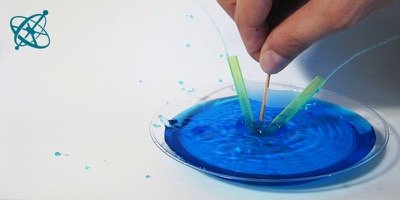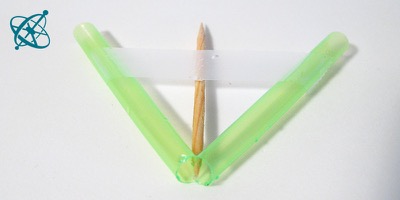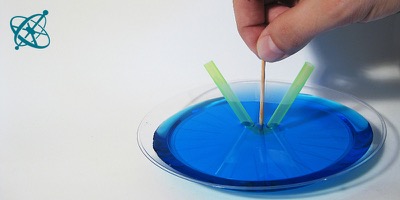 www.sciensation.org | Ciênsação hands-on experiments are published as Open Educational resources under a Creative Commons Attribution-ShareAlike 4.0 International License.
www.sciensation.org | Ciênsação hands-on experiments are published as Open Educational resources under a Creative Commons Attribution-ShareAlike 4.0 International License.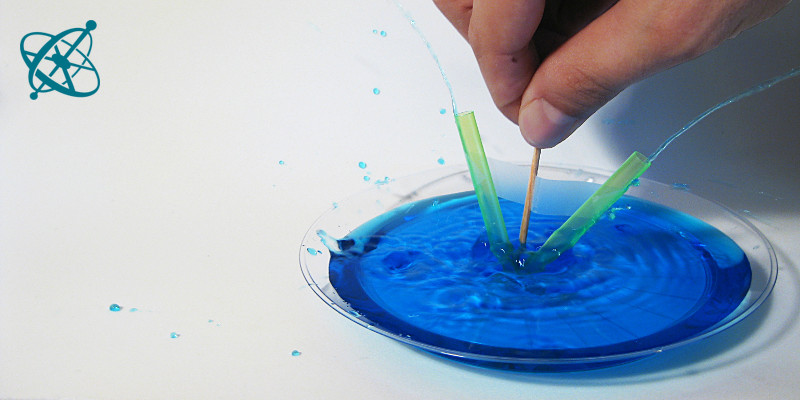
No, really, it's serious research!
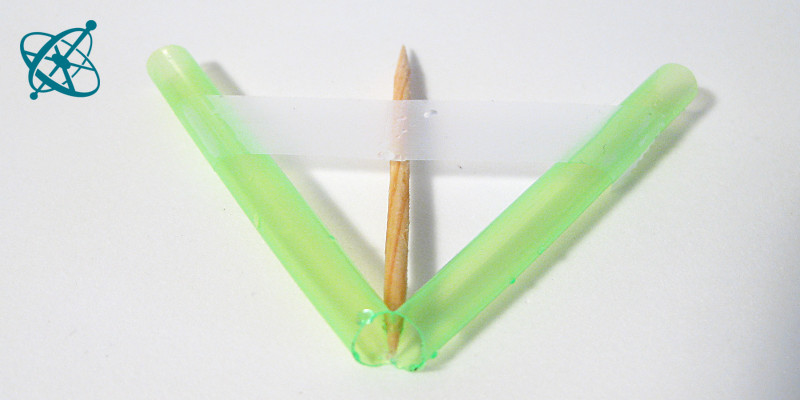
This is a pump.
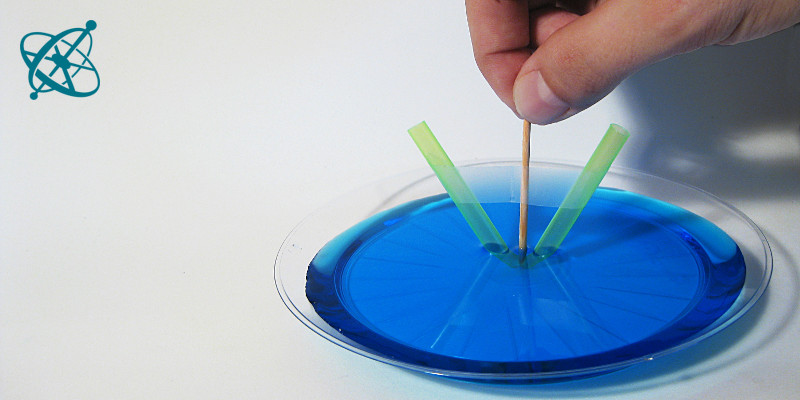
But how does it lift water?
A simple pump
A straw and a toothpick can turn into a pump with a twist of your fingers! Once you have secured anything you want to stay dry, this fun experiment is a good way to introduce centrifugal forces and the principle behind many pumps.
In case you are hydrophobic, there is a dry alternative to this experiment: 'Centrifugal lifting'
Observing the centrifugal force in action.
Understanding the basic working principle of most rotary pumps.
Toothpicks
Sticky tape
Plastic dishes
Water
Cut for each group a straw to a length of about 8 cm and slice them in the middle as shown in the picture. Then hand them out along with a toothpick, some sticky tape and a plastic dish. Store away anything you don't want to get wet.
Assemble your pump as shown in the picture. Then fill a dish with water and rotate your pump around the axis of the toothpick.
1. Explain how your pump works.
1. What forces experiences the water in the straw?
› Because it has to follow the toothpick's rotation against its own inertia, the water experiences a (horizontal) centrifugal force away from the rotational axis.
2. But what accelerates the water upwards?
› The straw acts like a ramp, redirecting the centrifugal force.
In order to follow the rotation, the water inside the straw has to constantly change its direction, while its inertia points tangentially away from the rotational axis. This causes a centrifugal force which accelerates the water away from the axis, up the ramp inside the straw and eventually – in a nice bow – out of the straw.
